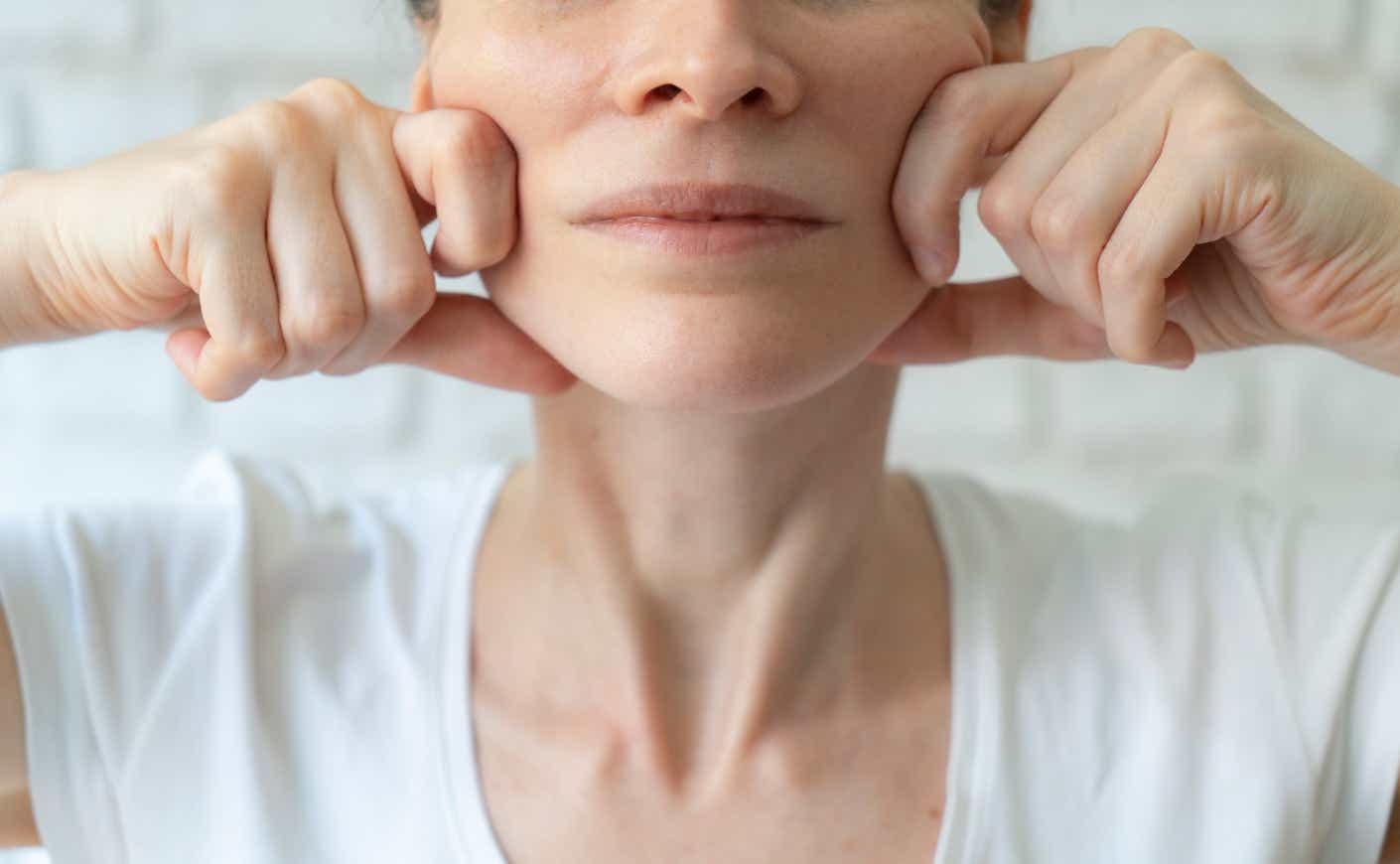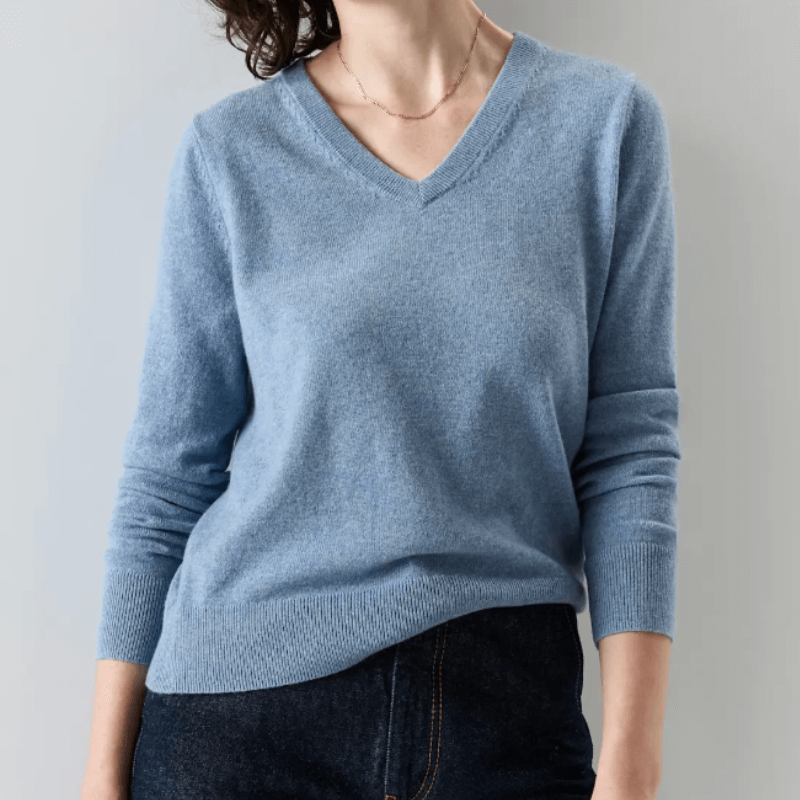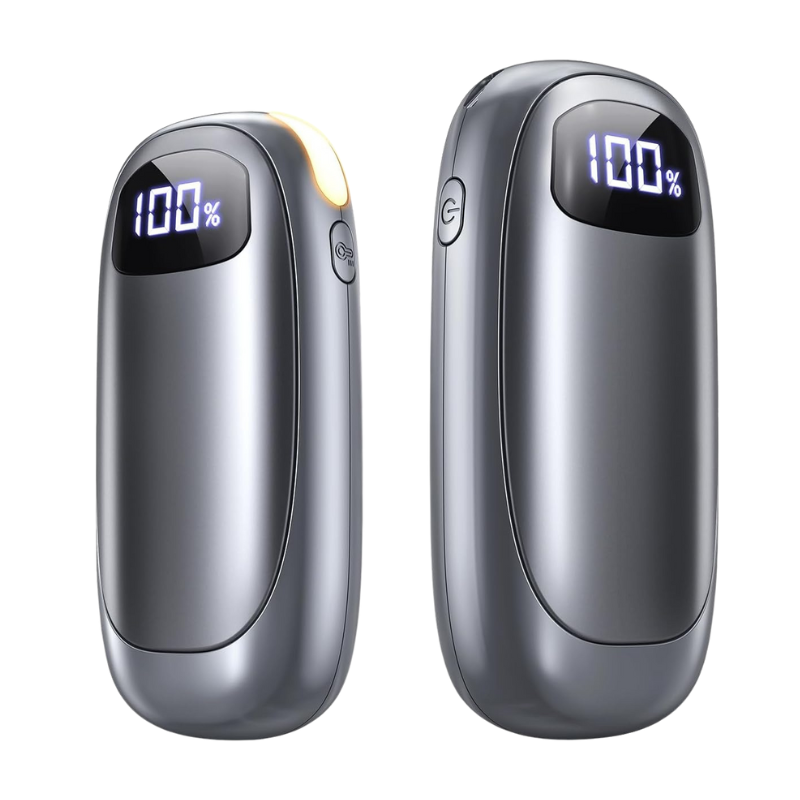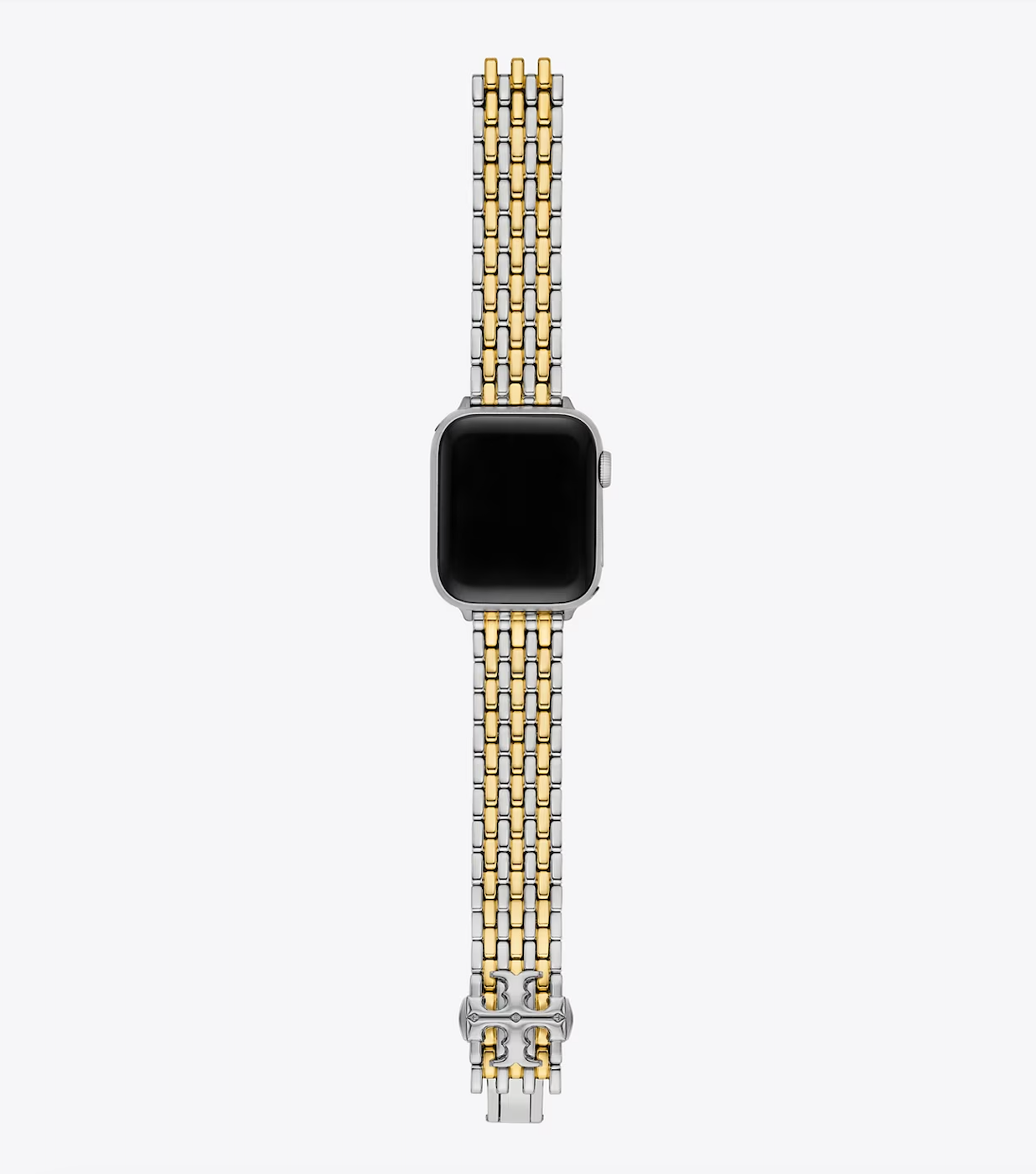Have you wondered whether facial exercises can help reduce wrinkles and sagging, as some people have suggested? Thinking about that suggestion, I get gimlet-eyed — my least flattering, but most familiar expression in drugstore beauty aisles.
I spoke to my old friend plastic surgeon Alan Matarasso, who, despite his surgical gifts, doesn’t immediately dispel alternative modalities. Though he tried, he said he couldn’t find any clinical proof that facial exercises could reduce wrinkles or strengthen the face’s supportive structure. But one of you, dear readers, did find a study and generously sent me the link.
The study results showed that a regimen of at-home facial exercises maintained for 20 weeks did seem to improve mid-face and lower-face fullness. But it would be premature, Matarasso believes, to start working out your cheeks.
For starters, the study’s limitations minimize its validity: Researchers used a small sample of middle-aged women, many of whom dropped out, and there was no control group. The women were self-selected, which means they probably had the propensity to do the exercises consistently and maybe even to “find” a satisfying outcome. In other words, as one dermatologist told me recently, “You can get a study to prove just about anything.”
Okay, but why wouldn’t facial exercises work?
“The face is made up of around 43 tiny muscles, each smaller than the length of the end of your pinky finger,” said Matarasso. “Working them out isn’t the same as working out your abdominals. Though facial muscles probably could get stronger, they wouldn’t hypertrophy [enlarge, in civilian speak] to the extent that, say, a larger muscle on the body would, which then stretches and lifts the skin. If there were a minute effect, it would be ridiculously labor-intensive.” In fact, Matarasso believes some repetitive movements may encourage wrinkle formation.
I noticed there’s a puckering-type exercise in face yoga that mimics the exact upper-lip movement that seems to have deepened my perioral rhytids (the vertical lines above the upper lip). Though I don’t like them, I’m happy to say I did not get them from face yoga, but rather from my lovely mother. (And probably from abundant kissing. And from drinking too many thick, Awful Awful milkshakes through a straw.)
Matarasso concedes that it’s possible facial aerobics could temporarily increase blood flow to your complexion, but so would any aerobic activity. You can see where we’re coming down here on this particular subject.
I wondered aloud why the idea of facial exercising might be surfacing — and trending — now. “I think people might be confusing electrical stimulation devices like EmSculpt and EmFace with the idea that they can achieve a similar result without a device,” he said. But alas, nope. (If you’re curious about EmFace, you can read more right here.)
Do you know someone who claims her gorgeous complexion is due to face yoga? The truth is that her lovely skin is more likely due to genetics and a lack of sun exposure than facial aerobics. And I’m pretty sure you already know this, but it’s worth mentioning: Comparison is the death of happiness. Let’s not do it.
Reprinted with permission from the weekly Substack newsletter How Not to F*ck Up Your Face. Val Monroe spent 16 years as the beauty director at O, The Oprah Magazine and has been an editor at Ms., Redbook, Self, and Parenting magazines, among others, a contributing writer at Parents, Entertainment Weekly, The Cut at New York Magazine, and has written hundreds of articles for national publications; she’s now a contributor at Allure Magazine.












